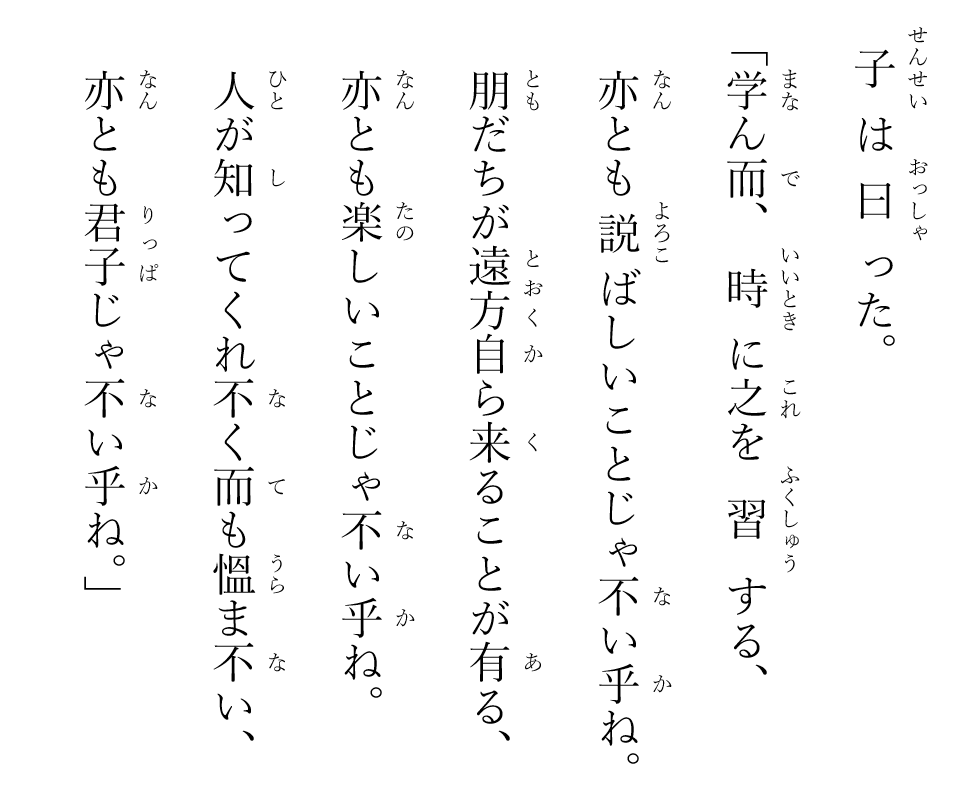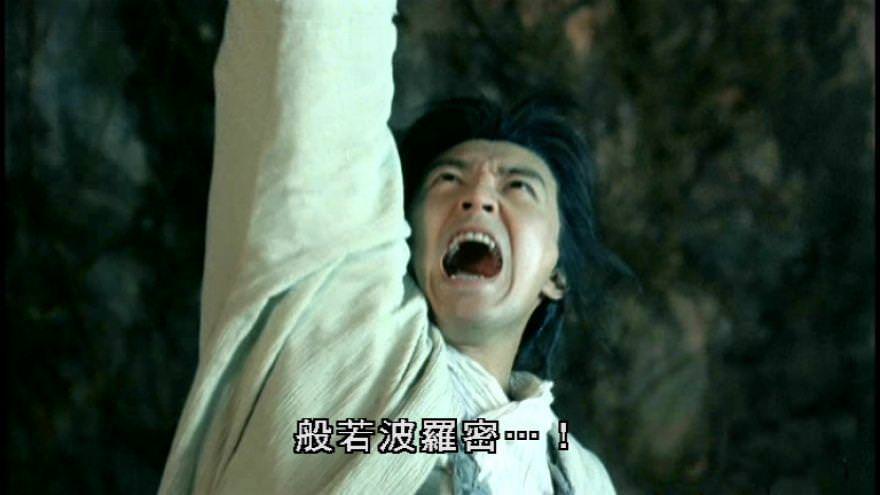咄々逼人
The glyph 咄 is pronounced totsu (とつ) in Japanese and dol (돌) in Korean, but it is pronounced as duò (堕) in Mandarin. When it is juxtaposed with the mood particle 嗟 (jiē 節), the word 咄嗟 is formed. The word means two things. It can either mean the very act of shouting angrily (similar to 呵叱 | 吆喝 | 叱吒) or a small amount of time (霎時間 or 須臾間).
In Korean and Japanese, however, 咄嗟 is exclusively employed to denote small chronological lapses. This exclusive Japanese/Korean usage is an linguistic fossil indicating that 咄嗟 is probably a foreign loanword.
Indeed, the Indian base unit of time
A The Malays borrowed 
Shown above is Shāni शनि, the son of Suria and his wife, Dhamini, the Goddess of Kālā. Shāni's dark skin complexion prompted the Sun God, Suria सूर्य, to ask the question: Are you my biological son? At this point, Suria must be reminded of the fact that Shāni's mother was Chāyā (छाया), a shadow (the dark light) cloned from Suria's wife, Sanjya संज्ञा, and this can help to justify Shāni's skin tone.kalā, on the other hand, is a tiny fraction of a sidereal day:
Since 1 kalā is approximately 48 seconds, 1 truṭi is approximately 29.6 microseconds (or 33.75 kHz).
Incidentally, the word
量之所起起于粟。六粟 為一圭 ,十圭為一撮 ,十撮為一抄 ,十抄為一勺 ,十勺為一合 ,十合為一升 ,十升為一斗 ,十斗為一斛 。
which is essentially:
$$60\;\textrm{millet grains} = 1\;{\rm cyut} = \frac{1}{10^4}\;\textrm{shēng}$$If we assume a chinese quart (sheng) is approximately 1,000 milliliter, 1 cyut3 is approximately 100 microliter.
Thus, in summary:
$$ 1\;{\rm cyut} = \begin{cases}100\;{\rm microliter} & x \in \mathbb{R}^3\\ 30\;{\rm microsecond} & x \in t\end{cases}$$| 官 | 粤 | Example | |
|---|---|---|---|
| 撮 | cuō | cyut3 | 撮合 = cyut3hap6 = cuōhé |
| 撮 | cuō | cyut3 | 三撮 = saam1cyut3 = sāncuō |
| 撮 | zuǒ | cyut3 | 三撮 = saam1cyut3 = sānzuǒ |
- 咄 is pronounced duō (多) in mainland China, but it is pronounced duò (堕) in Taiwan. In this article, the Taiwanese pronunciation is preferred.
In the Dictionary commissioned by Emperor Kangxi 康熙 (1716), we were given the following pronunciation guide: 【唐韻 | 集韻 | 韻會 | 正韻】當沒 切,敦入聲。 It shows that the glyph has a checked tone 入聲 ending with -t, which is consistent with its Japanese onyomi (とつ). In Cantonese, we were given two options: deot1 (similarly to the pronounciation recommended by Kangxi Dictionary) or cyut3, for instance, a Cantonese speaker may render 咄々逼人as cyut3cyut3bik1jan4 (but not deot1deot1bik1jan4). The checked tone is skipped in Mandarin and the glyph is simply rendered asduō (in mainland China) andduò (in Taiwan). Technically, the Taiwanese pronounciation is a better emulation of the checked tone.
- In Cantonese, 咄 is pronounced cyut³. 咄嗟 is pronounced duòjiē in Mandarin and cyut³ze¹ in Cantonese. It is usually combined with 叱吒 (cik¹zaa¹). In Japanese, 咄嗟 is pronounced tossa (とっさ), in Korean on the other hand, dolcha (돌차).
- 霎時間 (saap3si4gaan1) or 須臾間 (seoi1jyu4gaan1).
- If simplify the math, one can assume that the shape of an egg-shaped millet grain is spherical and write: \(60\times 10^4 \times \frac{4}{3}\pi\left(\frac{1}{2}D_{\rm 粟}\right)^3 = 1\times 10^{-3} \;{\rm m}^3\) and obtain the spherical diameter of the millet grain as \(D_{\rm 粟}=1.47\;{\rm mm}\), which is reasonably close to the following distributions: \(\ell\in[1.8,2.5]\), \(w\in[1.3,1.5]\).







Comments